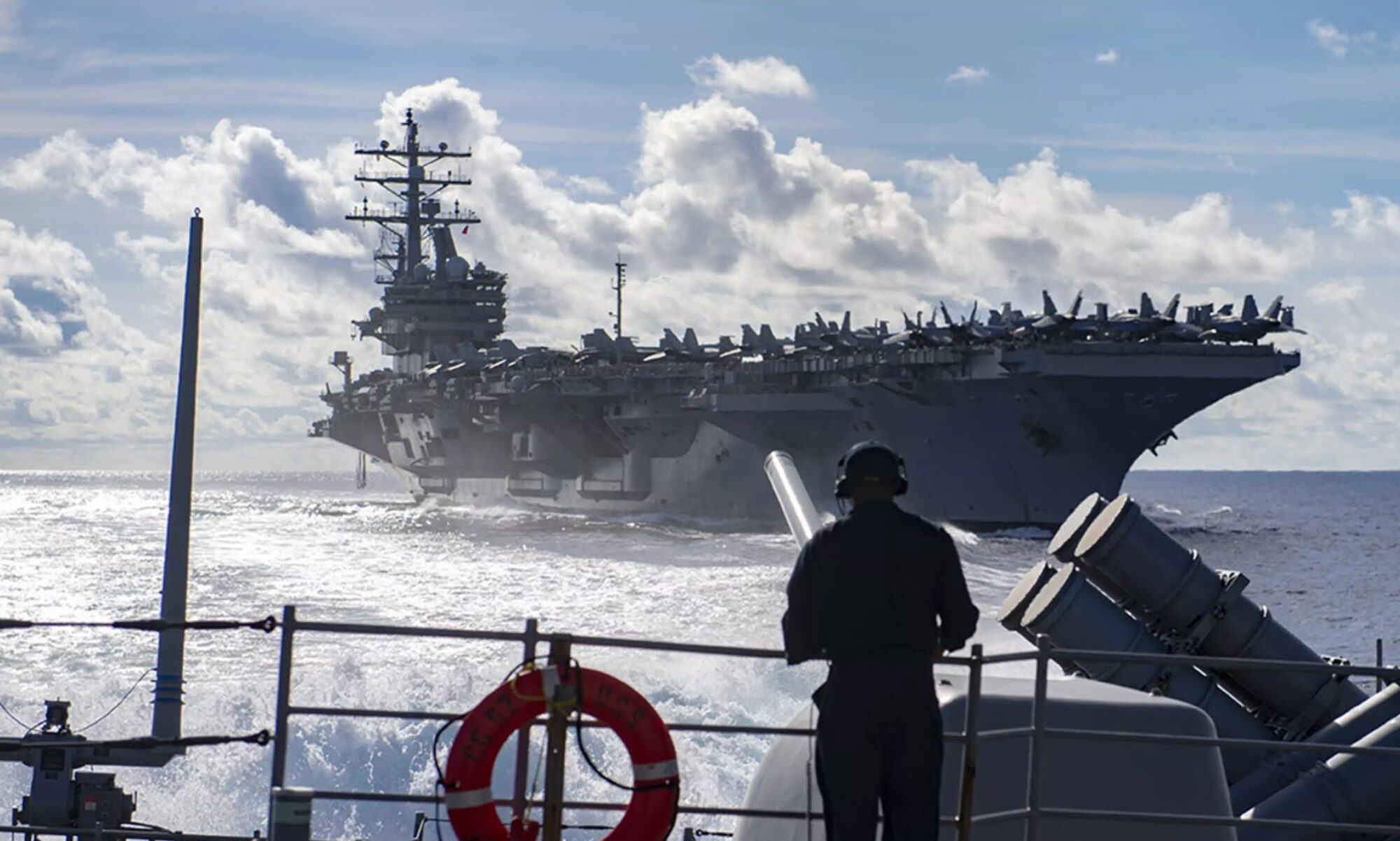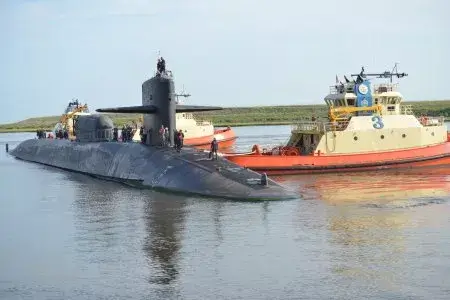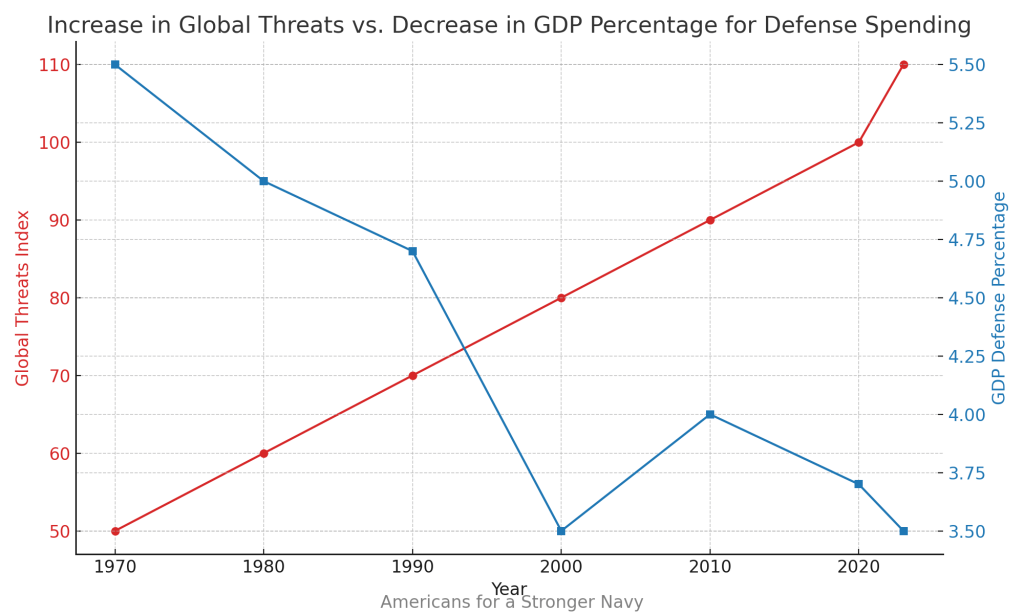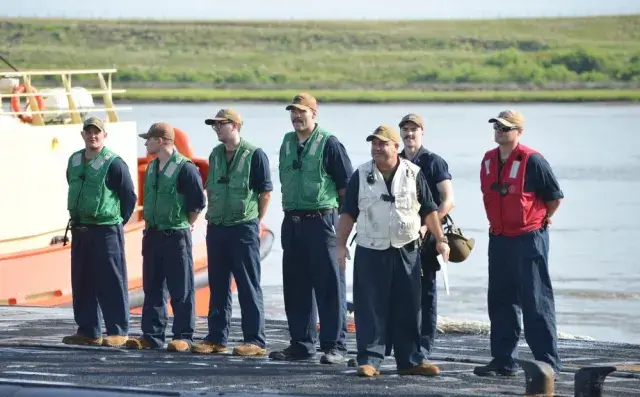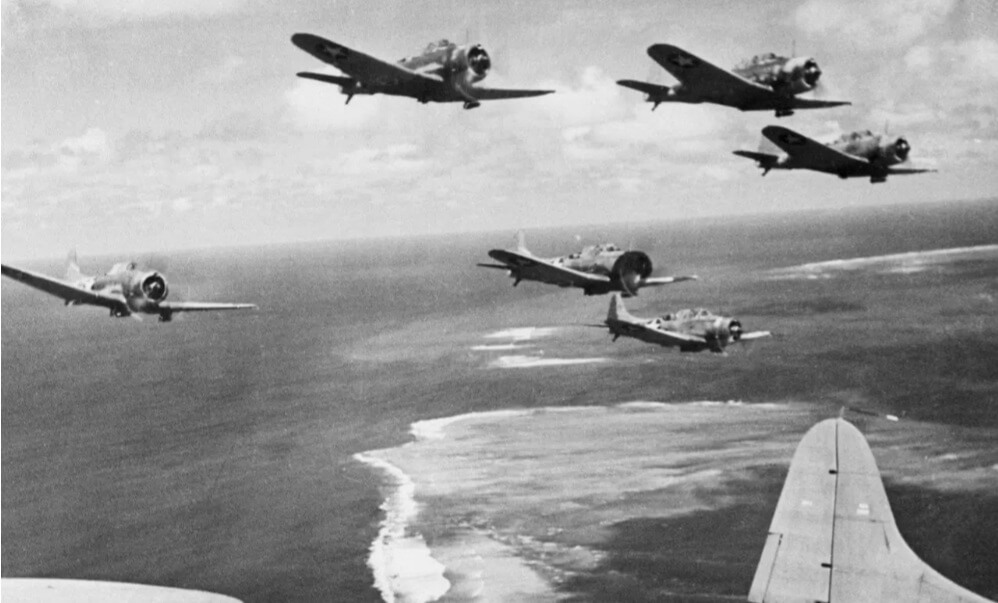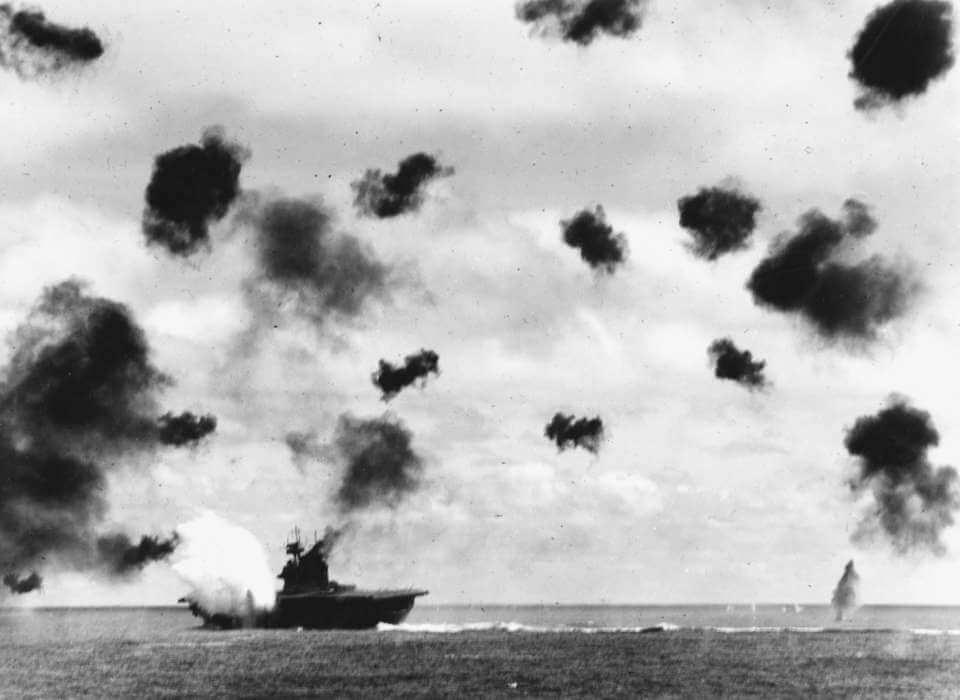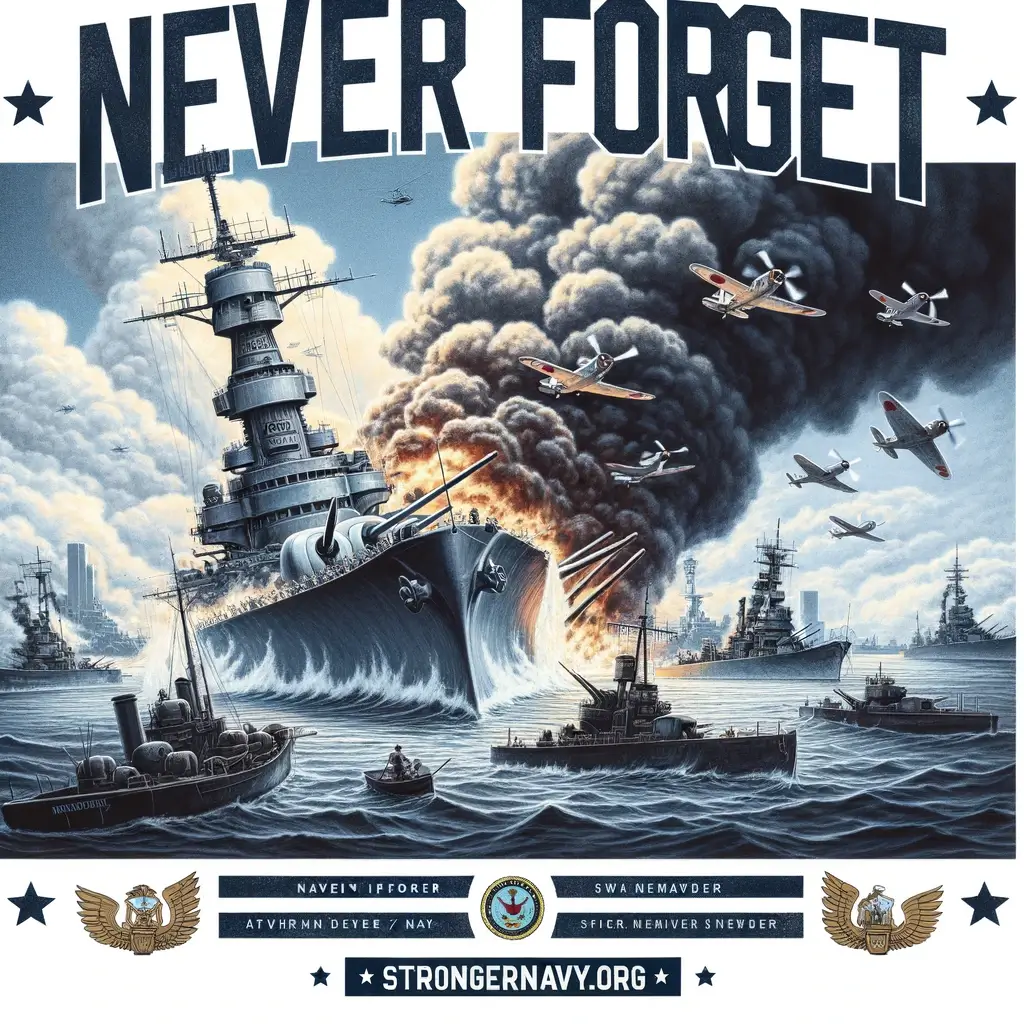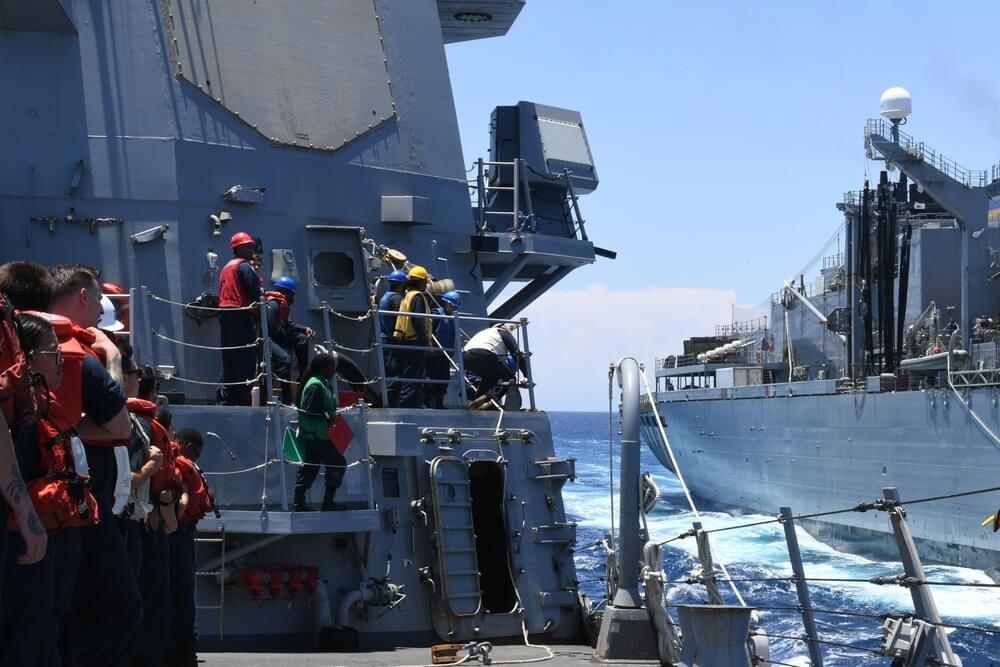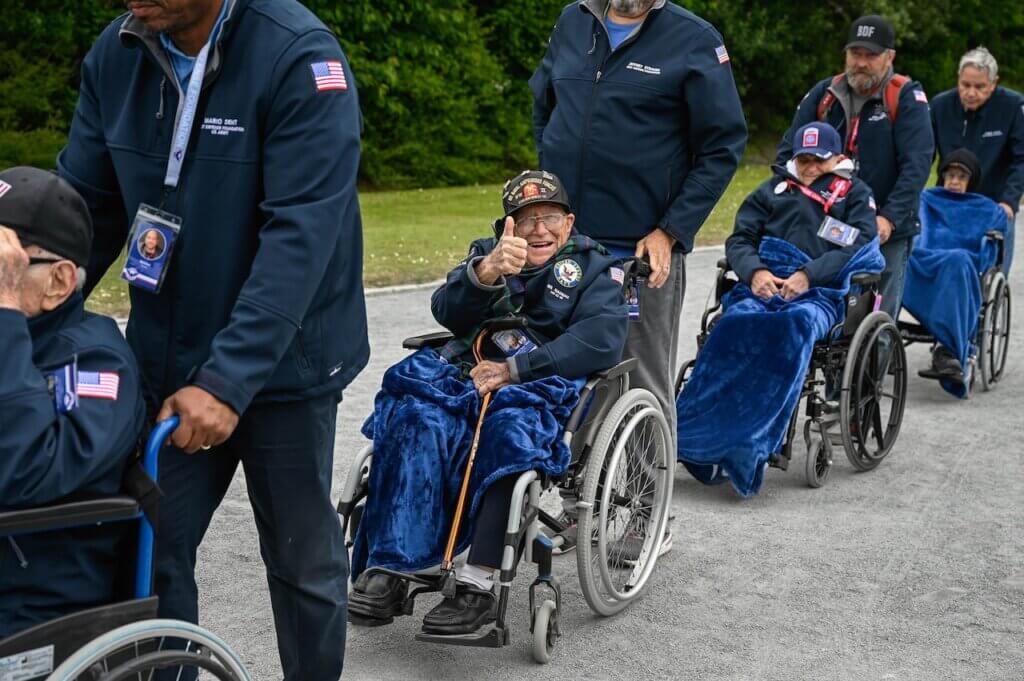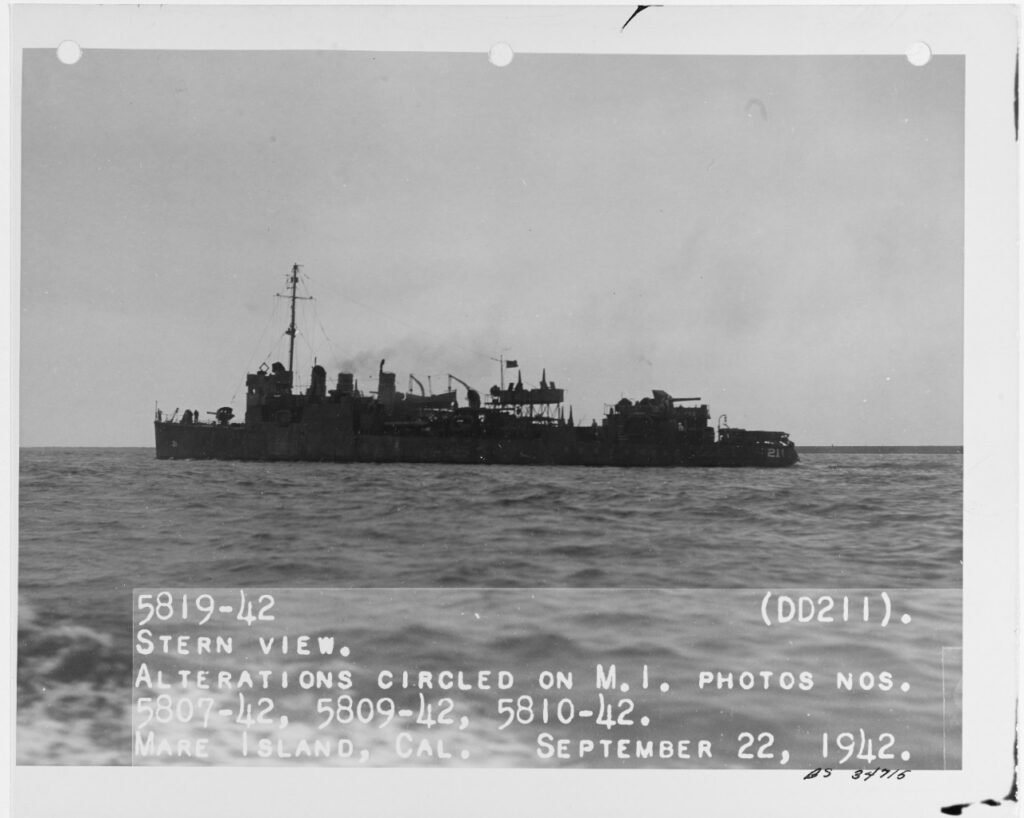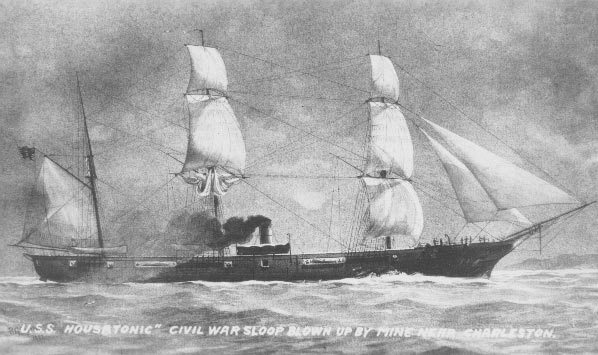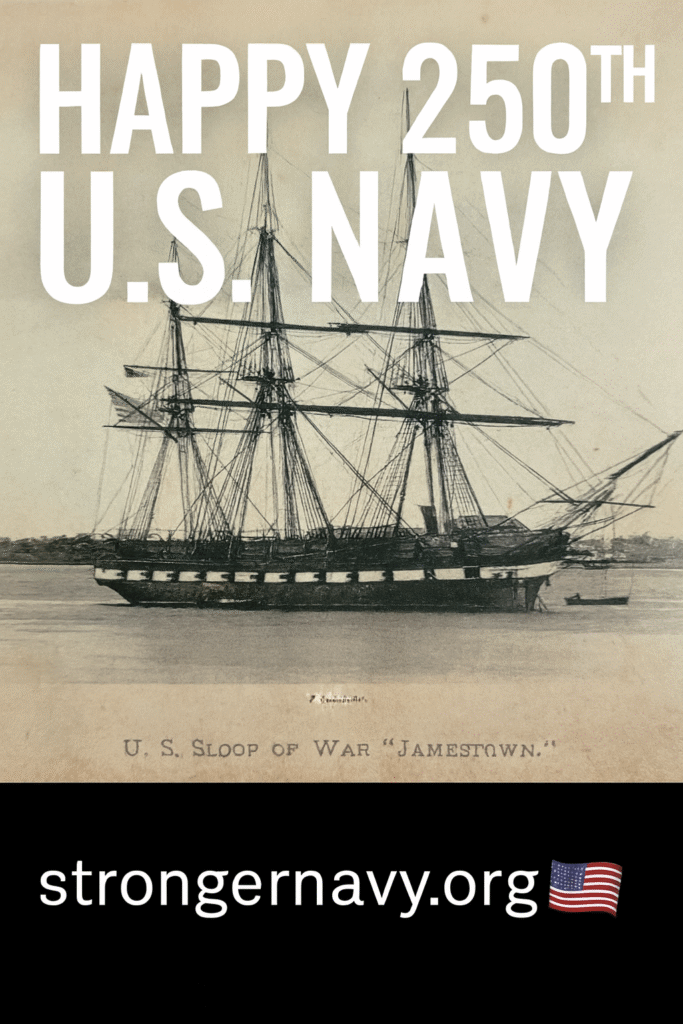
A Quarter Millennium of Service
On October 13, 1775, the Continental Congress resolved to establish a swift sailing vessel armed with carriage guns to defend American commerce from British forces. From that moment, the United States Navy was born. Two and a half centuries later, the Navy remains at the heart of American security and prosperity.
This week, despite a government shutdown that has paused some ceremonies, the Navy will celebrate its 250th birthday in Philadelphia — the city where both the Navy and Marine Corps trace their roots. Ships will parade on the Delaware River, bands will play, and the public will tour vessels new and old, from USS Arlington to the historic battleship New Jersey. Flyovers, displays, football, and fireworks will honor the sailors who have stood the watch in times of peace, crisis, and war.
Heritage and Resilience
The Navy’s legacy is rich with examples of ingenuity and determination. We’ve told the story of USS R-14, whose crew in 1921 literally sailed their submarine home when fuel ran out. We’ve revisited Midway, where pilots flew through chaos and confusion to deliver a decisive victory. We’ve remembered Cold War destroyer sailors who carried out missions day after day with little fanfare but enormous consequences.
These stories remind us that the Navy’s strength lies not only in steel, but in sailors — their resilience, creativity, and courage.
Doing More With Less
Today, we ask much of those sailors. The U.S. Navy remains the most powerful in the world by tonnage and capability, but it is no longer the largest by sheer numbers. Our adversaries are building at speed, while we face strained shipyards, aging infrastructure, and stretched resources.
As Vice Adm. John Gumbleton said ahead of the 250th celebrations, the heritage of “mighty warships and service members who sailed proudly at sea” continues today. But heritage and resilience are not enough without investment. Our sailors are doing more with less — and that cannot remain the strategy for America’s future.
Why Americans Should Care
The oceans are lifelines of trade, energy, and security. A strong Navy keeps those lifelines secure and deters those who would threaten them. Philadelphia may be the birthplace of the Navy, but the mission it carries belongs to all Americans.
A Call to Action
Happy 250th, U.S. Navy. We honor your past, salute your sailors, and celebrate your legacy. But the best way to mark this anniversary is to ensure the next 250 years are just as strong. That means supporting shipbuilding, revitalizing industry, and giving our sailors the tools they need to prevail.
That’s why we launched Charting the Course: Voices That Matter — a 24-part educational series breaking down how we got here, what went wrong, and what must happen next. Our goal is simple: educate the public, connect the dots, and build the support needed to close the readiness gap before it’s too late.
Let’s roll.
